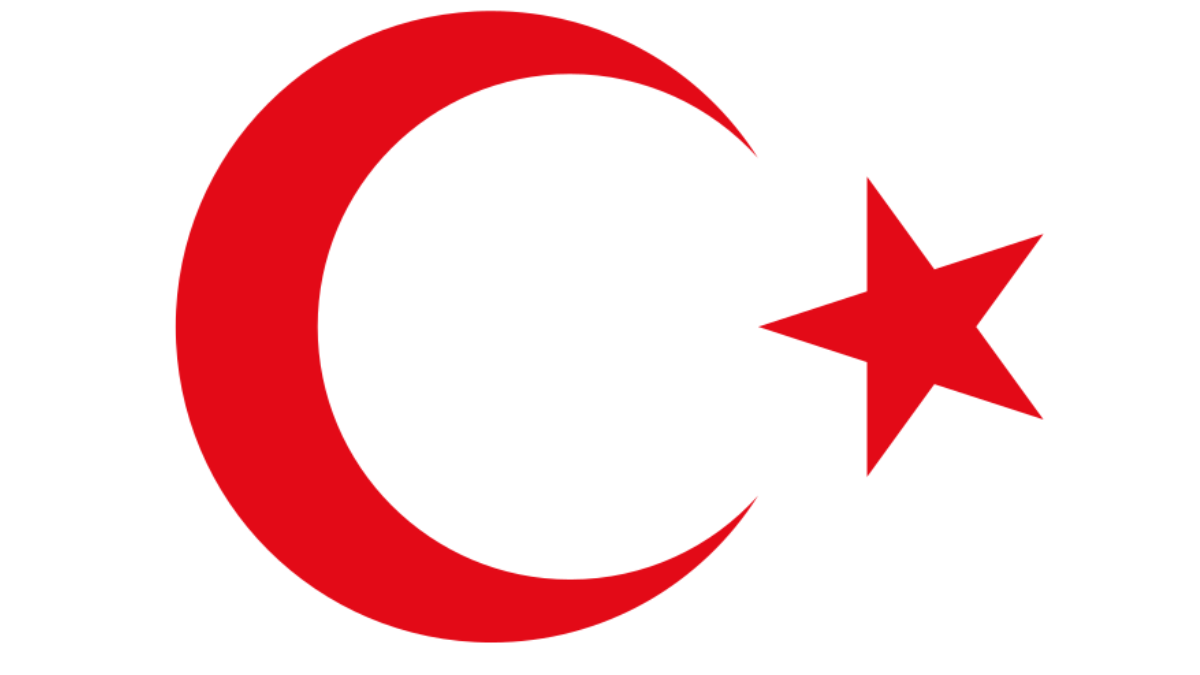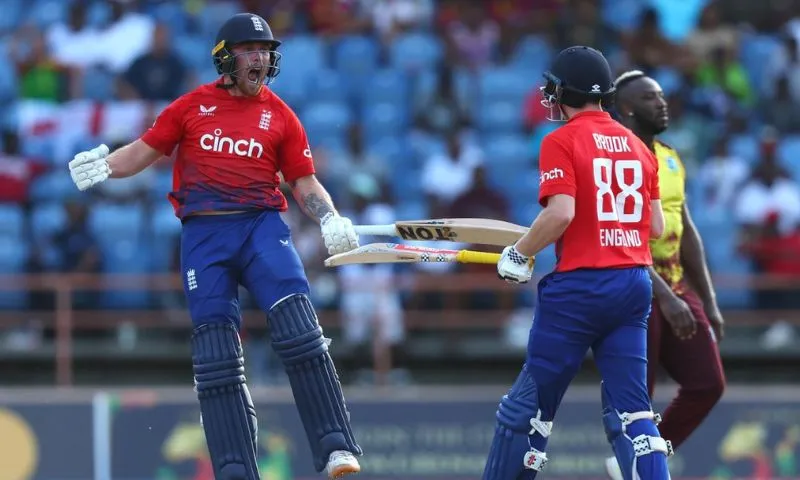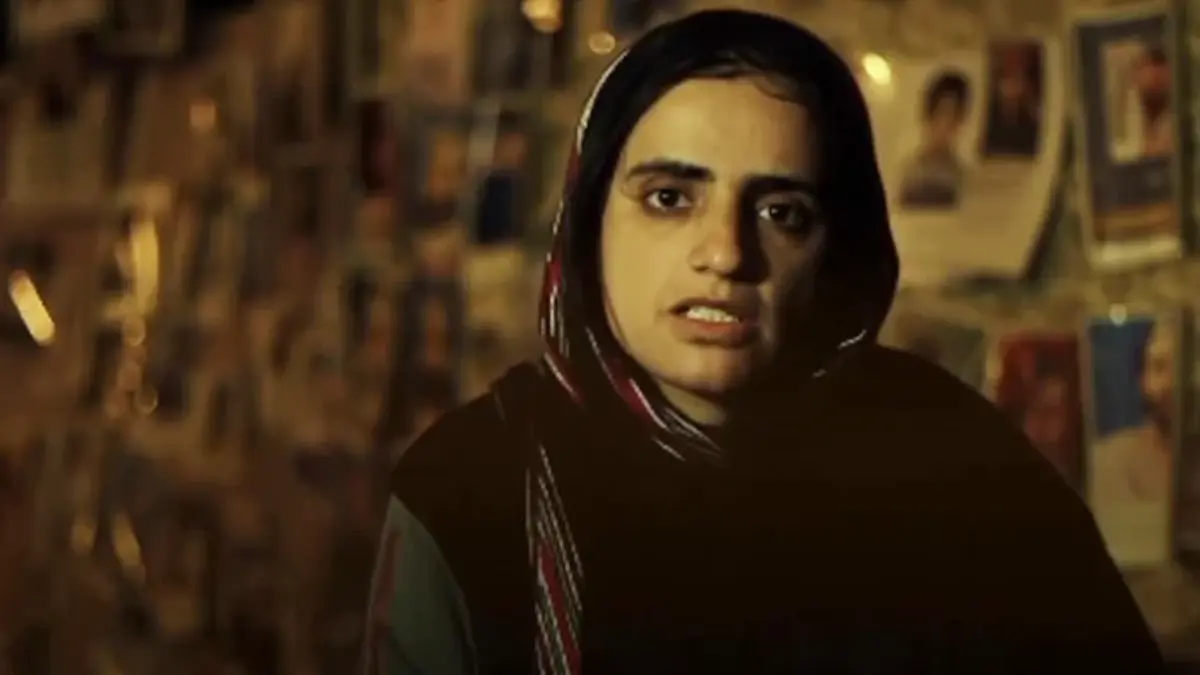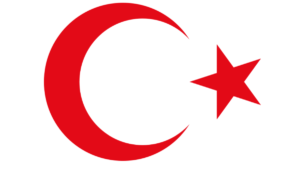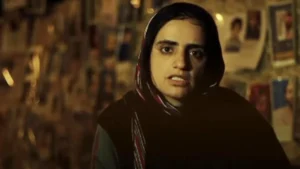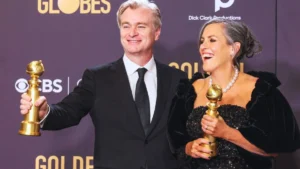Political Stalemate in Pakistan Leads to Military Intervention
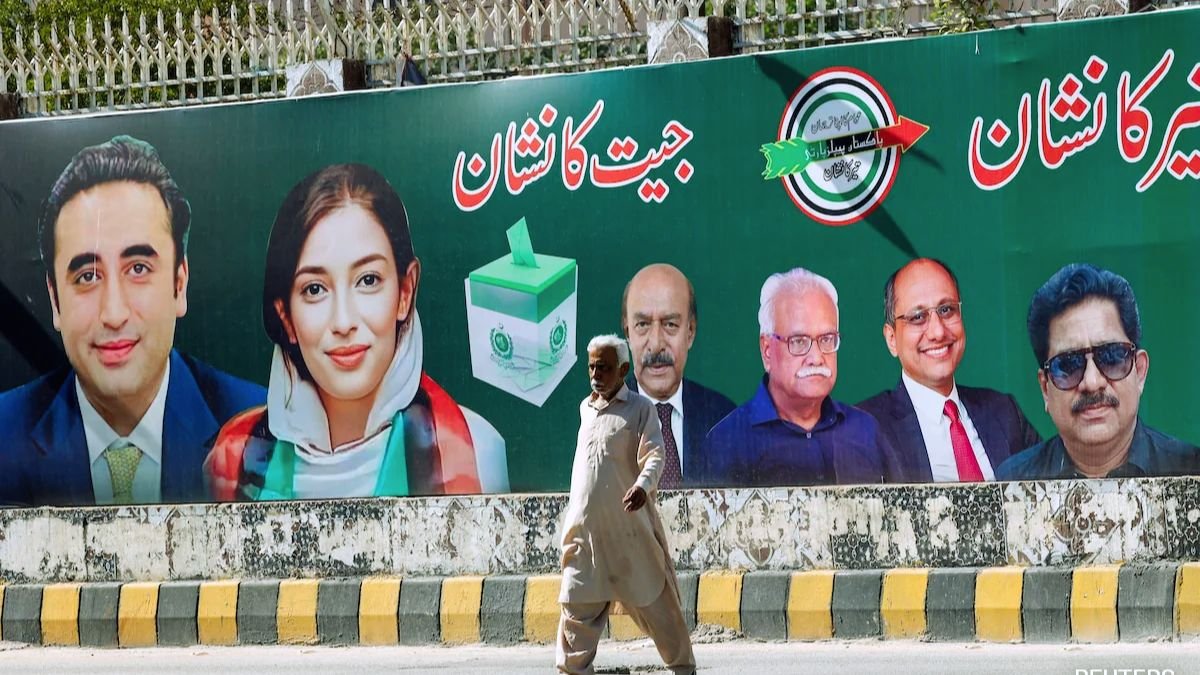
Past leaders Nawaz Sharif and Imran Khan said they won, making things uncertain as the country deals with many urgent issues.
Pakistan’s recent national election concluded without any party getting the most seats in parliament. The polls were affected by militant violence, political unrest, and concerns about how transparent the process was.
Past prime ministers Nawaz Sharif and Imran Khan, who don’t get along, both claimed they won, making things uncertain. Pakistan has many problems that need fast solutions, like figuring out a new plan with the International Monetary Fund to help its $350 billion economy.
The next prime ministerial candidate needs at least 169 seats in the National Assembly when they meet in the coming days.
The Assembly has 336 seats in total. On election day, 266 seats are decided by direct voting. Additionally, there are 70 reserved seats: 60 for women and 10 for non-Muslims. These reserved seats are allocated based on each party’s strength in the Assembly, which helps determine the final position of parties in the Assembly.
Sharif reaches an agreement to lead a coalition government.
Sharif’s party, which got 75 seats, has made a deal with the Pakistan Peoples Party (PPP) led by Bilawal Bhutto Zardari, the son of the late Prime Minister Benazir Bhutto, whose party won 53 seats. This alliance gives them enough seats to form a majority in parliament.
The two, along with smaller parties, create a coalition government. Sharif or his brother becomes the prime minister, and other important positions are shared with the other parties.
The two parties were in government together for 16 months until August. During this time, Bhutto Zardari served as the foreign minister, while Sharif’s brother Shehbaz held the position of prime minister.
Khan’s independent candidates take control and come into power.
Khan’s independent candidates, who secured 93 seats, teamed up with a smaller party in parliament to create a unified bloc. This move helps them meet the criteria to be allotted reserved seats, bringing them closer to a majority and enabling them to nominate a candidate for prime minister.
They can also make agreements with other parties to back a compromise candidate. This way, Khan’s supporters hold power and can work towards releasing their imprisoned leader through a deal. However, Khan himself is not able to become the prime minister.
The party must diligently persuade allies to support Khan’s political agenda.
Bhutto Zardari is striving to lead the coalition government.
Although Sharif and Khan’s candidates won the most seats, neither party can govern without the support of the PPP. With both Sharif and Khan aiming to prevent each other from taking power, the PPP strikes a deal to install the young Bhutto Zardari as prime minister.
Bhutto Zardari advocated for this idea before the elections, stating that he would introduce a new perspective to address Pakistan’s numerous crises, a feat that older leaders have struggled to accomplish.
No agreement is reached, and the military intervenes.
Uncertainty continues as no one can establish a government. The powerful and well-organized Pakistani army intervenes to bring back stability and assumes control. This marks the third time in the country’s 76-year history, with the last instance occurring in 1999 when Sharif’s government was overthrown.
The army has urged political parties to demonstrate “maturity and unity.”


